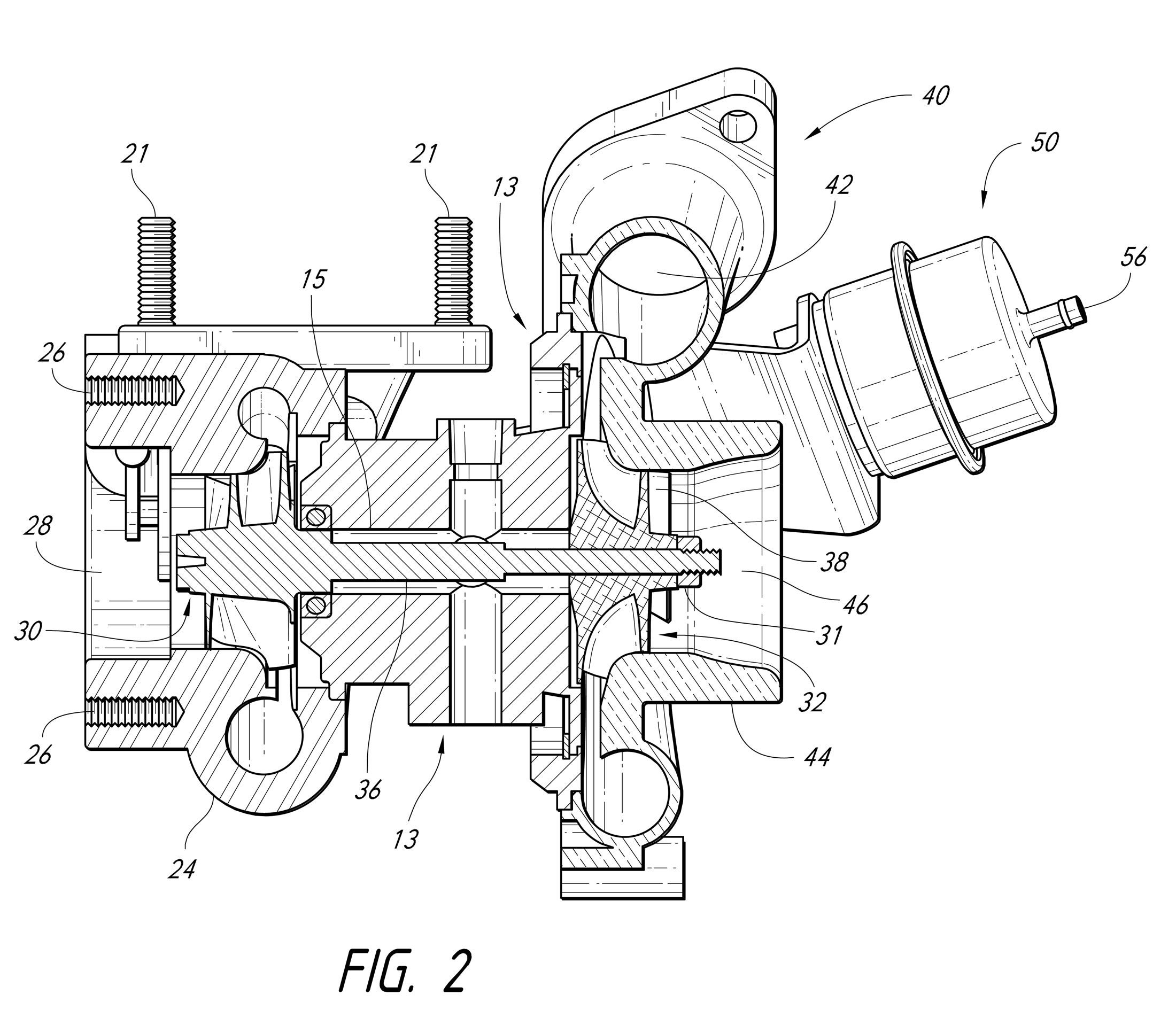The Patent Drawing
How Do You Do Them and Read Them?

Have you ever studied a patent drawing? Some of them are almost works of art. Most of them are pretty mundane. The US Patent office guidelines for preparing a drawing cover multiple pages of rather anal description of what you can and cannot do with a patent drawing. But as a small business owner occasionally needing to pursue a patent - do you need to thoroughly understand the US Patent Office rules for preparing a drawing?
Not really. I think most of you though would like to understand the basics of the needs and the no-no's. Here is a rather simplistic run down of that:
First, you need to understand - the US Patent Office is not nearly as anal as they sound. Their interest is in having a patent drawing of a quality that meets their goals of complete clarity. The public must be able to read the written description of the invention and study the drawings so that they clearly describe "the manner and process of making and using it, in such full, clear, concise, and exact terms as to enable any person skilled in the art to which it pertains to make and use the same...". But the USPTO recognizes that a fairly wide variety of drawing styles can accomplish that.
The Basic Guidelines
What follows is my somewhat simplistic overview of what you need to know.
First - patent drawings are overwhelmingly black and white. The requirements specify "India Ink" with solid black lines. But don't worry - you do not have to hire a draftsman with a quill pen. This is the 21st century and most drawings are now done with computer software packages.
There are extensive guidelines for the exceptional cases of when you need color or photographs.
Don't use color or photographs. I know someone reading this will complain that their invention requires color to show the key features. Gimme a break. Use black and white.
I do understand that in some fields it may be necessary to use a photograph of some experimental result. But if it could be rendered as a drawing, the examiner might request you submit a drawing instead.
Paper
The paper should be regular white bond paper, like you would normally use in business. The size should be the same as the rest of your application (8.5 x 11 or if you prefer A4).
It is recommended that you maintain margins of 2.5 cm on the top and left, 1.5 cm on the right, and 1.0 cm on the bottom.
Views
It is acceptable in a patent drawing but not required to provide exploded views, partial views, and sectional views. Good clarity requires that different views be well separated, and oriented in the same direction, ie, not with one view lying on its side with respect to the others.
The scale show be large enough to easily show the key features. Indications such as ``actual size’’ or ``scale \1/2\’’ on the drawings are not permitted since these lose their meaning with reproduction in a different format.
Character of Lines
Ensure that your patent drawing has satisfactory reproduction
characteristics. Every line, number, and letter must be durable, clean, black,
sufficiently dense and dark, and uniformly thick and well defined. Lines and
strokes of different thicknesses may be used in the same drawing where
different thicknesses have a different meaning. See the example drawing above.
Shading
The use of shading in views is encouraged if it aids in
understanding the invention and if it does not reduce legibility. Spaced lines
for shading are preferred. These lines must be thin, as few in number as
practicable, and they must contrast with the rest of the drawings. See the example drawing above.
Legends
The USPTO does not in general prefer legends. Suitable descriptive
legends may be used subject to approval by the Office, or may be required by
the examiner where necessary for understanding of the drawing. They should
contain as few words as possible. Many drawings have none. See the example
drawing above.
Numbers, Letters, Reference Characters
Must be plain and legible, English letters, Arabic numbers (1,2,3,...). Should be at least 0.32cm in height.
The same part of an invention appearing in more than one view of the drawing must always be designated by the same reference character, and the same reference character must never be used to designate different parts. Reference characters not mentioned in the description shall not appear in the drawings. Reference characters mentioned in the description must appear in the drawings. See the example drawing above.
Lead Lines
Lead lines are those lines between the reference characters and
the details referred to. They can be straight or curved and should be as short
as possible. They must originate in the immediate proximity of the reference
character and extend to the feature indicated. Lead lines must not cross each
other. See the example drawing above.
Arrows
May be used at the ends of lines, provided that their meaning is
clear. A freestanding on a lead line can indicate an entire section towards
which it points. An arrow can also be used in a drawing to indicate a direction
of flow.
Numbering of Sheets and Views
The sheets of drawings should be numbered as two Arabic numerals,
separated by an oblique line (example: 3/8). This should be at the top middle
of the drawing, but not in the margin. See the example drawing above.
And Finally - Should You Try to Do Your Drawings Yourself?
We would say no! You have a business to run, and their are plenty of cost effective services available that can supply quality drawings - and they know all of the Patent Office rules for drawings. And your law firm has access to those services.
Contact Us
Home > Patents > Top of Page